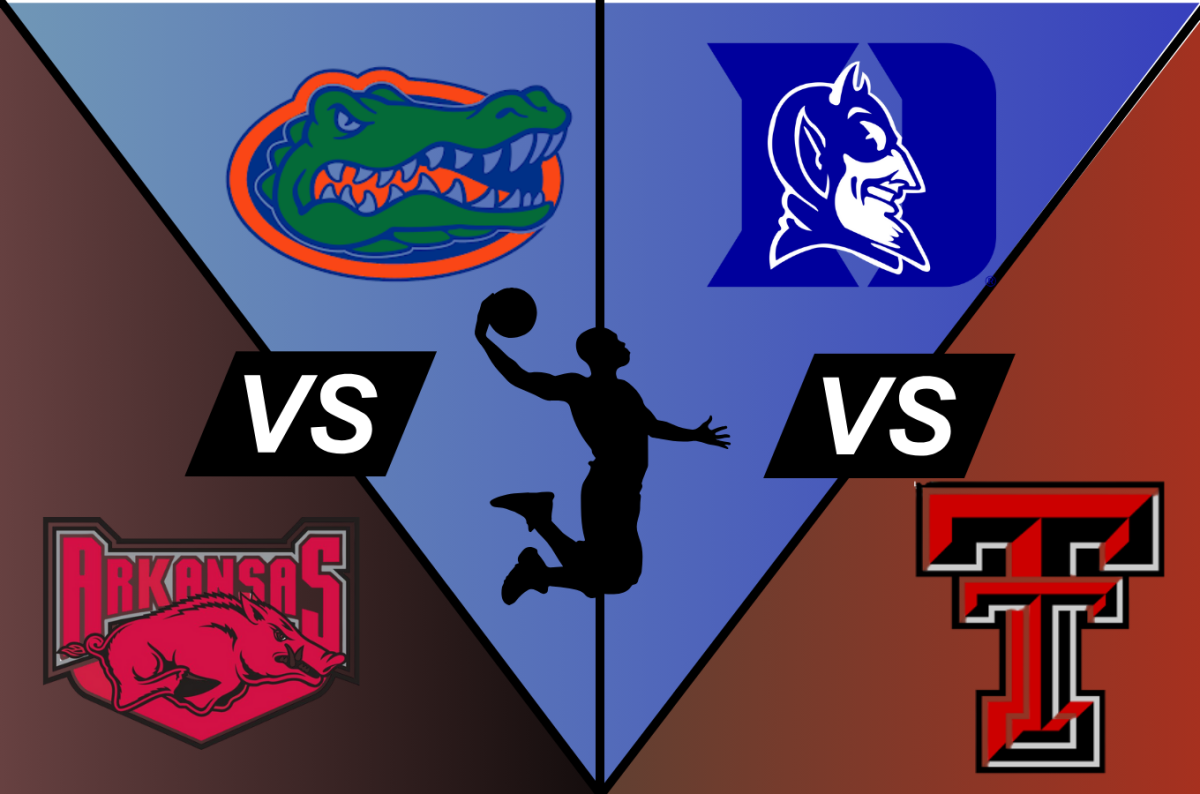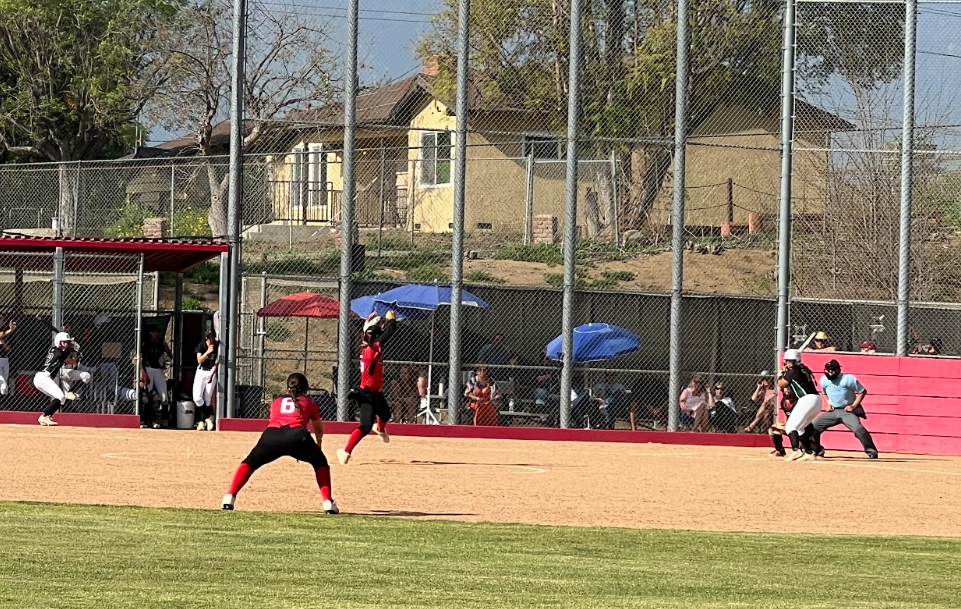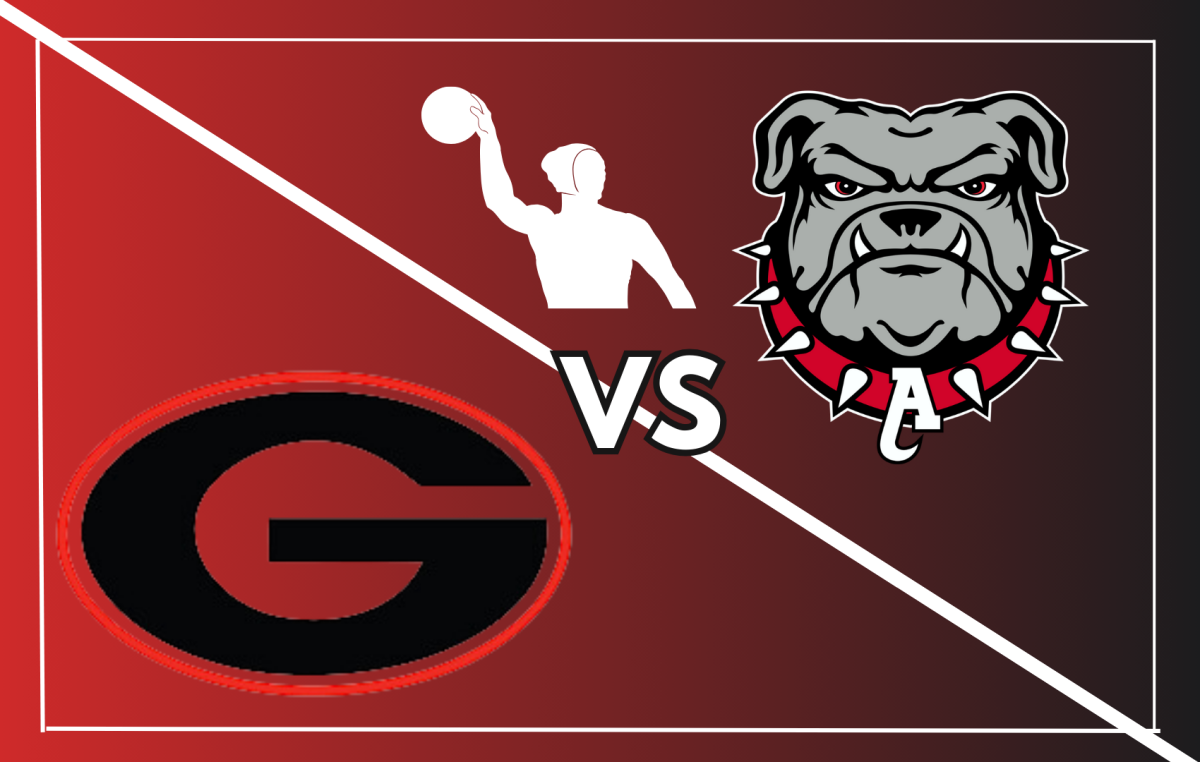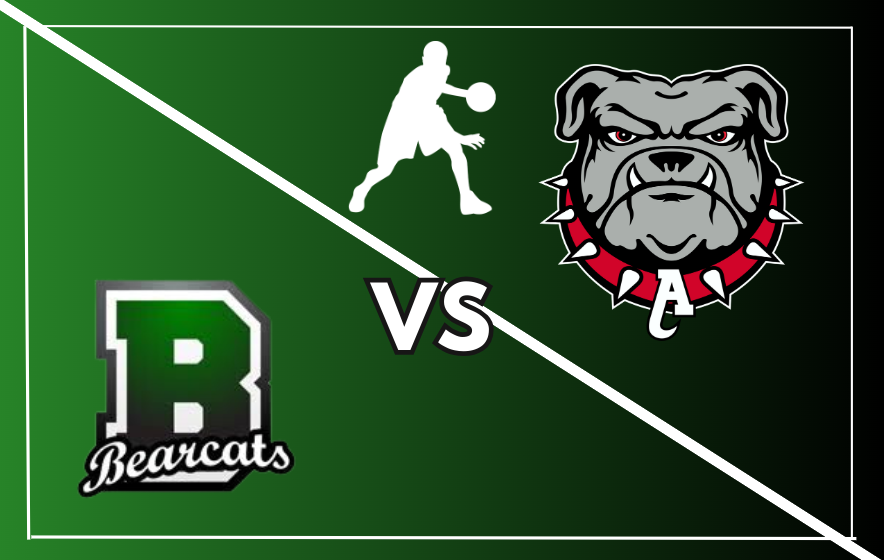For years, Ayala was accustomed to using the “pink slips” as their bathroom passes. With this pass, information like the time, date, teacher’s name, teacher’s signature, student’s name, and purpose for leaving were required to be filled out before a student could leave for the bathroom. This form of a pass was disliked among students and teachers because the guards rarely checked them, which often resulted in extra time wasted from filling out the slip. After receiving negative feedback, each classroom adopted a new shared bathroom pass –a lanyard with the classroom number on it, with the words “hall pass” written on them. While some like this new change because of its simplicity, others dislike the unhygienic nature of this pass and other various reasons.
With students touching the bathroom passes every day, it is not nearly as hygienic as the pink slips. Since the lanyard has to be on the students while they are out of the class, this means that the pass is being handled before, during, and after a student is using the bathroom. The passes are also not regularly cleaned, causing students to avoid taking them to the bathroom as they do not want to touch the pass. Students are rarely found wearing the lanyards as a necklace, rather, they are holding the pass with their unwashed hands. However, the pink slips that were previously utilized were single use, meaning that two students would never have to hold the same pass. Many students have expressed their concerns about this matter.
“I see how the new passes can be eco-friendly, but [they’re] going to get bent and gross really quickly, which is why I don’t like the change and I think the school should go back to the old passes,” Alisa Villegas (12) said. “I think the new ones are not very clean.”
Another issue that comes with the new bathroom passes is that teachers often don’t enforce the use of them. While some mandate their students to take them, others let their students out of the classroom without any form of a pass. If the Ayala guards see that a student is not carrying a pass, they have the authority to punish the students. Is it really their fault if the teachers don’t require their students to take them?
“Some teachers could care less about bathroom passes. In a recent assembly, it was said that if a student does not have a bathroom pass they are going to get in trouble,” Lucy Zenor (12) said. “What if your teacher just does not give you a bathroom pass?”
Before Ayala ended up with the new lanyards, an app called “5-Star” was used by some teachers to keep track of their students while they were out. Even though the app is more hygienic option, not many teachers used this app due to its inconvenience.
“We were supposed to have the app and scan a QR code. I put one of those up and it never worked. ‘Oh, you have to go to the restroom? Let me come over here and click you into my computer,'” AP Calculus AB teacher Mr. Adam Sjol said. “Last Friday, there were ten people who needed to use the bathroom so that ended up taking about 10 minutes total of me walking over and typing each student in. The idea of tracking everyone is just another hassle.”
Students also disliked this app for different reasons.
“First they tell us, don’t go on our phones. But now they tell us to download a whole app? I don’t want to use more storage on my phone just so they can track me,” Zenor said.
With every stage of each bathroom pass, there have been pros and cons to each. Each evolution of the pass has had conflicts with both students and teachers. While the pink slips and Five-star app is time consuming, the newest addition of the lanyards are deemed unhygienic. Will Ayala ever find the perfect solution to this problem?



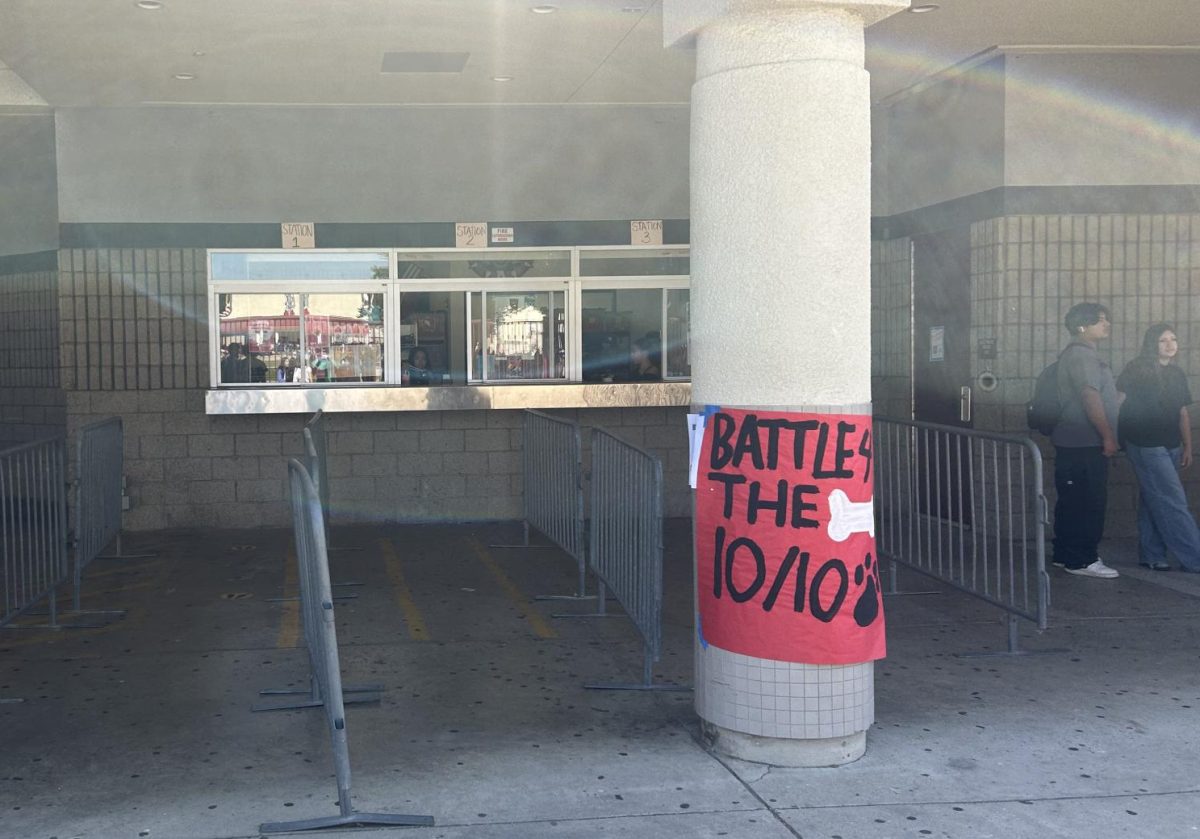
















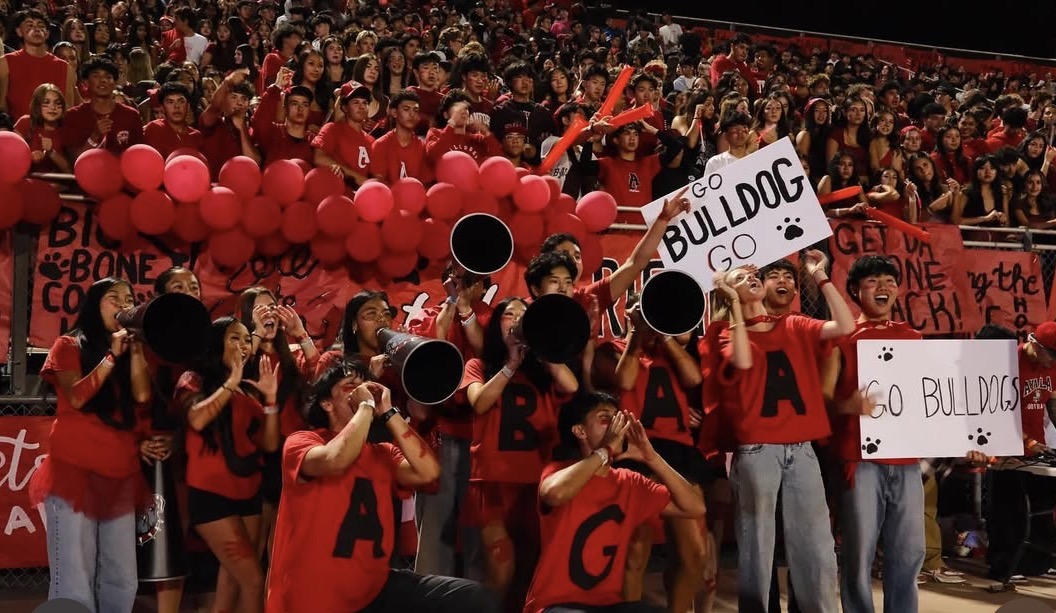




![“I'd say [this season was] successful because I didn't really think I was going to really play much because I'm a freshman. But my coaches took the time and believed in me,” Jonah Boyd (9) said. As a freshman, Boyd has already achieved great success during his first year on the boys Varsity baseball team.](https://ayalabulldogtimes.org/wp-content/uploads/2025/05/IMG_1598-1.jpeg)




